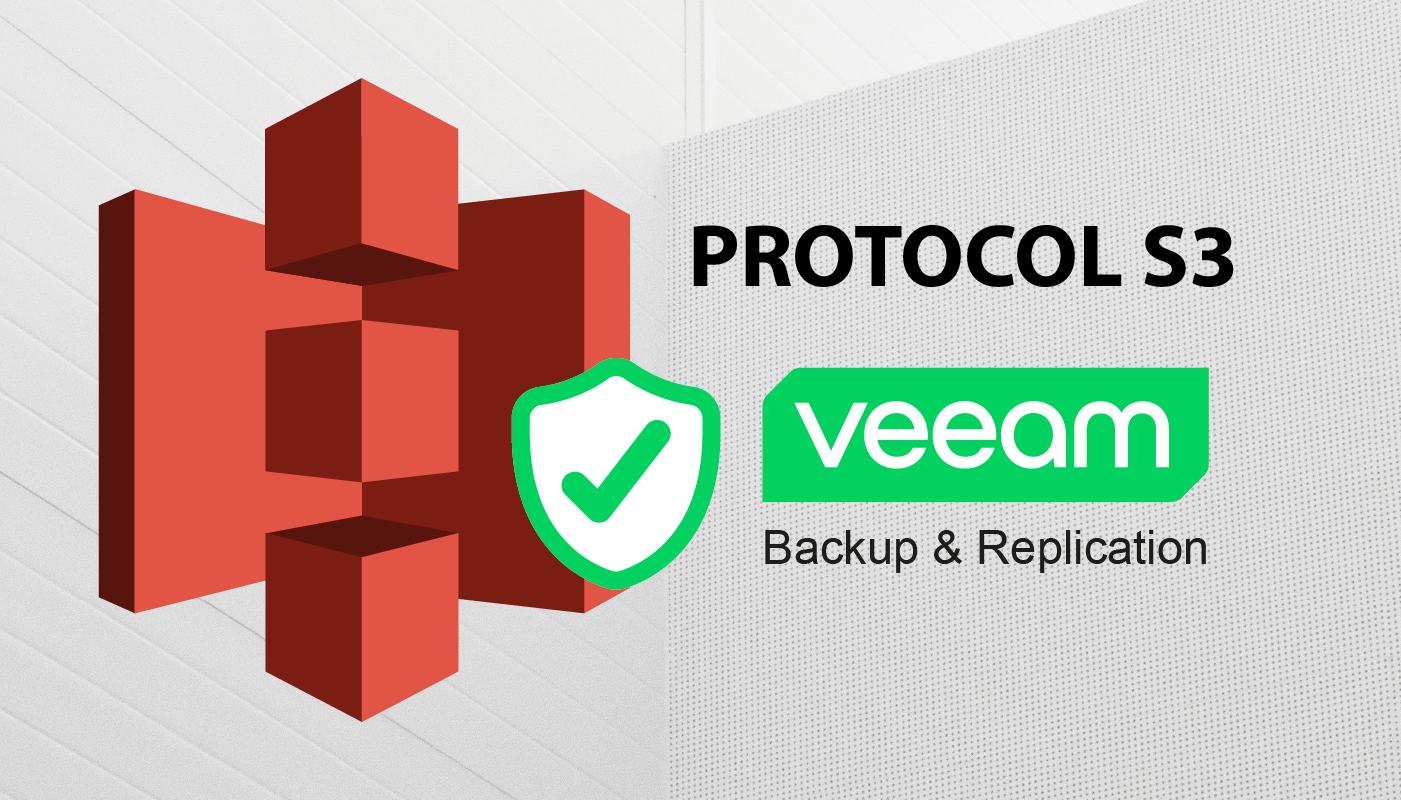
Every year, the volume of business-critical data grows steadily. With the increase in the amount of data, the need to use reliable storage facilities that would ensure guaranteed security and availability of information increases as well. Companies around the world have long been using cloud services to store their resources. The object model, which is presented in the form of S3 storage, has also gained high momentum. In this article we will talk about this model and additional protection methods in the S3 storage.
Simple Storage Service (S3) is a data transfer protocol developed by Amazon. It is an object storage service that offers the best performance, scalability, availability and security of static data. Customers of any size and any industry can store and protect the amount of data they need.
Why did S3 become the “main” protocol for data synchronization?
The S3 protocol was invented by Amazon and their convenient cloud storage solution with its release dented the market and shifted the goalposts for many players. Other companies have had to replicate this protocol to make their data available to the same tools that work with Amazon. Hence the popularity. S3 is not the only such protocol for interacting with cloud storage, but it is the most popular one.
Reasons to use The main task that object storage solves is related to scaling and rational storage of information. It should be noted that the nature of data has changed a lot in recent years. If earlier it was possible to store files in conventional storage, now we are dealing with the constant growth of information and this process is quite difficult to manage. Cloud storage copes with such a task, adapting to any growth rate.
The S3 object cloud storage satisfies the needs of both start-ups and small companies, as well as large corporations, allowing you to store any formats and volumes of data. In order to choose the right solution, it is necessary to take into account the reliability of the storage, its fault-tolerance, scalability, and integration capabilities.
As for the reliability of data storage, the matter of correct and timely backup arises here.
Starting with version 12, Veeam Backup Replication fully supports working with object storages compatible with the S3 protocol. When connecting such storage, the following options will be available to choose from:
Key benefits of using S3 object storage from a user perspective:
Object storage with the S3 protocol is designed to store static data that will not change within the storage itself – it can be multimedia data, images of installation disks.
It becomes clear that reliable storage of static data and fast access to it is an ideal option for the combination of Veeam Backup Replication (VBR) together with S3 Compatible Object Storage. Storing system or database backups in a media that does not allow changing the content of objects and is additionally backed up by the storage itself is exactly what VBR was created for.
Using such storage, the user does not worry about the reliability of storing their backup copies and about the size of free space in the storage. Ordering extra space is as easy as ordering an extra sauce or drink at a restaurant.
To connect the object storage to the VBR infrastructure, the user needs to agree on the initial volume of the storage and receive three parameters from the provider – an access key, a security key, and a connection address. Enter this information when setting up a new backup repository. In the future, if necessary, the user can request additional space and get it without additional settings on the part of the user.
Compared to classic data storage, S3 storage has many advantages, does not require user intervention and has the ability to quickly scale based on infrastructure needs.
You can get advice on Veeam Backup Replication products and the S3 protocol from Hostpark managers.
Response












Ask us and our managers will contact you as soon as possible.